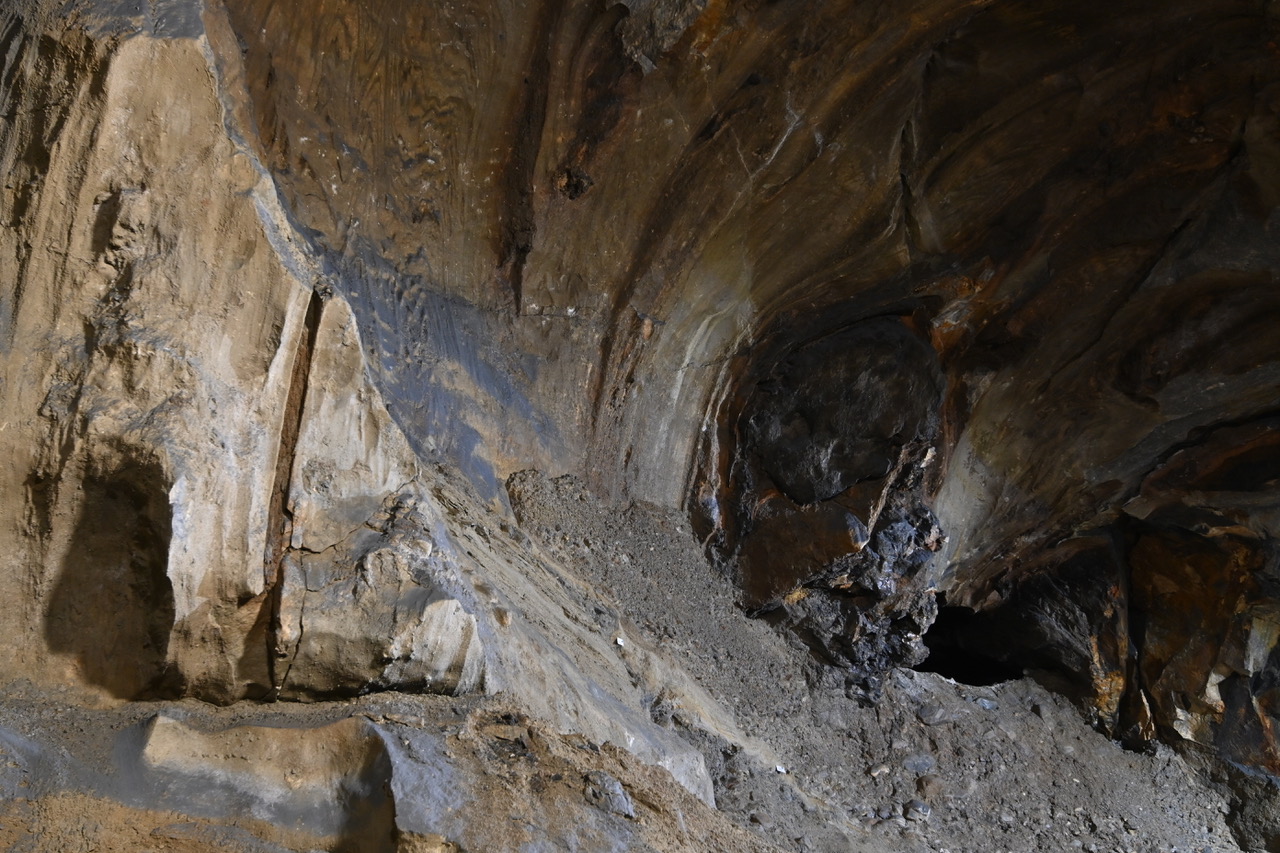Ancient records of past faunal biodiversity that pre-date the last glacial period are essential for our understanding of the resilience and adaptability of ecosystems to the effects of current global warming. Such records are, however, extremely rare at high latitude due to the erosion of massive glaciers that covered large parts of northern Europe. We therefore know almost nothing of the fauna that inhabited this region during this period.
In the EvoCave project we capitalize on the excellent preservation conditions in a high-latitude (68°50’N) karst cave in northern Norway. Exploratory excavations have discovered a rich, unique species assemblage covering an unprecedented time period, providing an exceptional opportunity for the comparative, interdisciplinary analyses of a high-latitude ecosystem throughout the last interglacial-glacial cycle, enabling the direct evaluation of hypotheses on the evolution, biogeographic history and glacial survival of key species.
We will reconstruct the faunal diversity over a 122 ka period with an interdisciplinary team bringing together people from the fields of archaeology, geology, evolutionary biology, paleozoology, genomics and ancient DNA. The first excavation is happening in September 2021, a second excavation is planned for 2022. Please see our News page for updates!
Financing
The project has been funded by the Research Council of Norway
RCN Project Number: 314464 (RCN PROJECT BANK)
UiO Project Number: 101491
